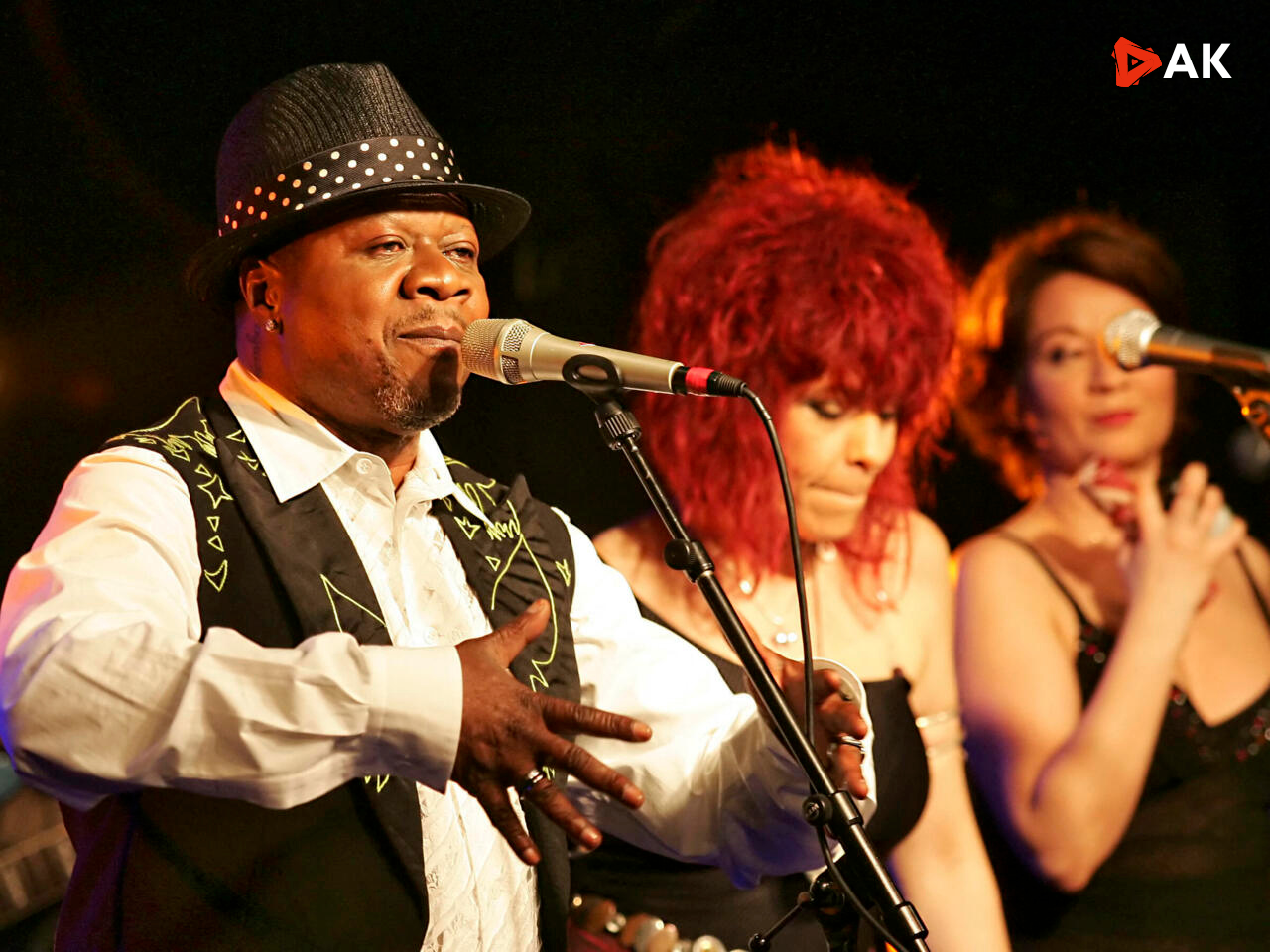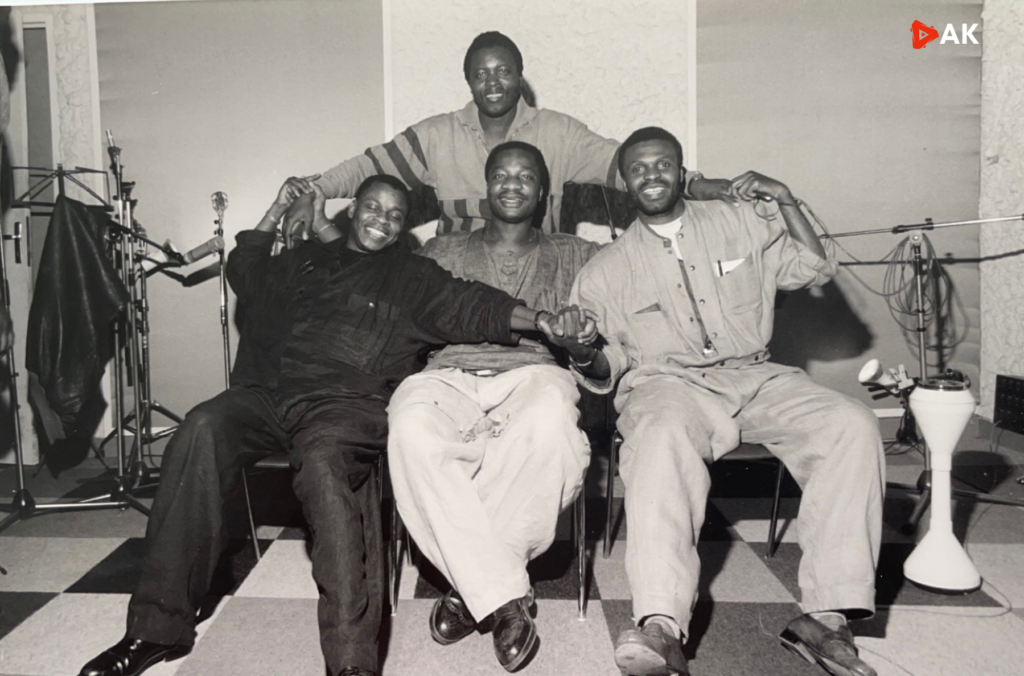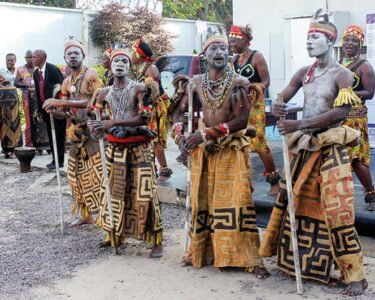
Soukous Music: A Legacy of the Ancients and a Pride of Congo
Soukous music, born in the heart of Congo, stands as a vibrant expression of Congolese culture, particularly in the provinces of Kinshasa and Équateur. Known for its infectious rhythms and lively beats, Soukous has become the lifeblood of celebrations and social gatherings across the country, and its influence has transcended borders, captivating audiences around the world. This article delves into the origins of Soukous, its evolution, and its lasting impact on contemporary music. We also explore how Soukous icons have played a pivotal role in promoting Congolese culture on the global stage.
1. The Origins of Soukous
Soukous emerged in the late 1940s and 1950s as a fusion of traditional Congolese music with rumba, a genre that itself had roots in Afro-Cuban rhythms. Originally known as “African Rumba,” Soukous quickly evolved into a unique style that reflected the spirit and energy of the Congolese people. The music was characterized by fast-paced guitar solos, energetic rhythms, and joyful melodies that invited people to dance.
The name “Soukous” comes from the French word “secouer,” meaning “to shake,” which perfectly captures the essence of the music—it’s impossible to listen to Soukous without feeling the urge to move.
2. Evolution and Global Influence
Over the decades, Soukous has undergone significant evolution, incorporating various musical elements while maintaining its core identity. The 1970s and 1980s were particularly pivotal as Soukous gained international recognition. Bands like Zaiko Langa Langa, Orchestre Veve, and artists such as Franco Luambo and Tabu Ley Rochereau became household names not just in Congo, but across Africa and beyond.
As Soukous spread, it influenced a range of other musical genres, including highlife in West Africa and zouk in the Caribbean. The music’s appeal was universal, blending infectious rhythms with lyrics that often spoke of love, life, and the everyday experiences of the Congolese people.
3. Soukous Icons and Cultural Ambassadors
The icons of Soukous music have played a crucial role in promoting Congolese culture globally. Artists like Papa Wemba, Koffi Olomide, and Werrason have not only entertained millions but also served as cultural ambassadors, showcasing the richness of Congolese music and traditions to the world. Their concerts have filled arenas in Europe, the Americas, and Asia, bringing the sounds of Congo to diverse audiences.
These musicians, through their art, have preserved the essence of Soukous while also innovating and adapting to contemporary trends. Their contributions have ensured that Soukous remains relevant and continues to inspire new generations of artists.
4. Soukous in Contemporary Music
Today, Soukous continues to influence modern music, with its rhythms and melodies often sampled in genres such as Afrobeats and electronic dance music. Young Congolese artists are reviving and reinventing Soukous, blending it with other styles to create new sounds that resonate with both local and international audiences.
This revival is a testament to the enduring legacy of Soukous and its ability to adapt while staying true to its roots. It highlights the dynamic nature of Congolese culture, which is both proud of its heritage and open to new influences.
5. Conclusion: A Musical Legacy to Cherish
Soukous music is more than just a genre; it is a symbol of Congolese identity and pride. Its joyous rhythms and captivating melodies have not only defined a cultural movement but also connected Congo to the world. As Soukous continues to evolve, it remains a powerful reminder of the richness and diversity of Congolese culture.
In celebrating Soukous, we celebrate the spirit of Congo itself—a spirit that is resilient, vibrant, and full of life. The music’s ability to bring people together, to celebrate, and to express the full range of human emotions is what makes it a true cultural treasure.
By AnalysonKongo




